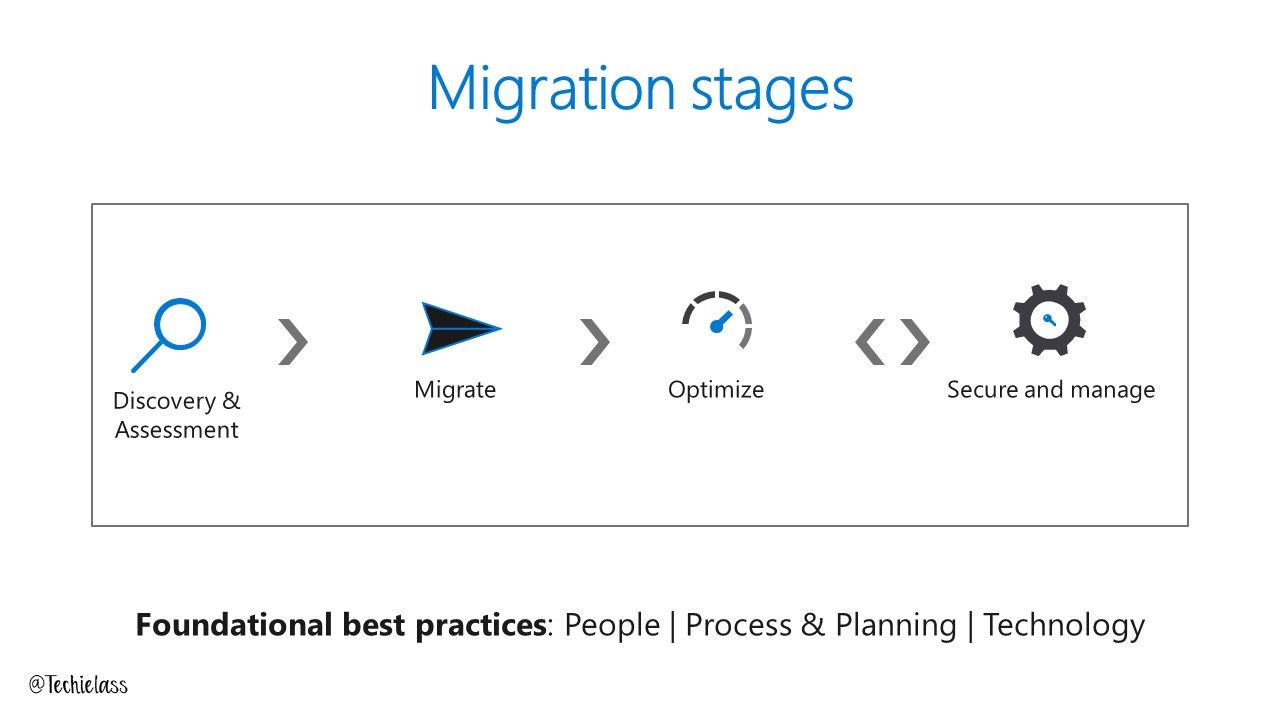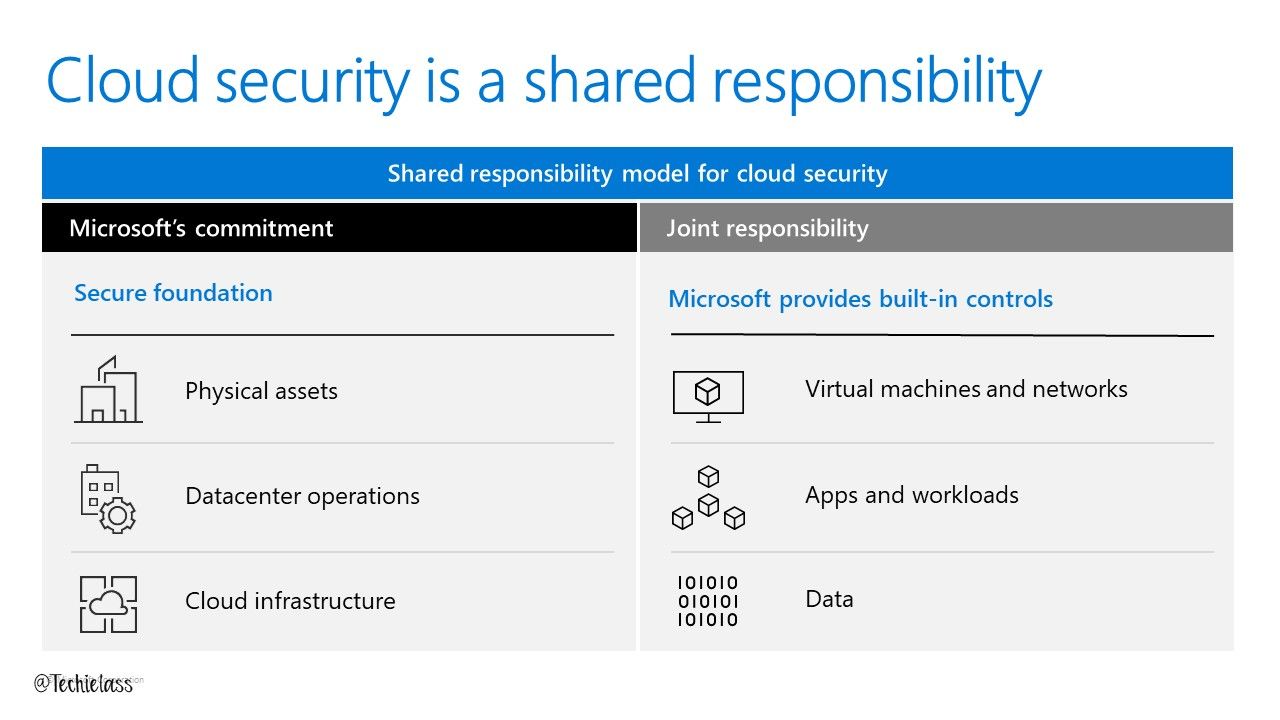Start your datacentre transformation with Azure Migrate

I really enjoy speaking to customers about their migration projects from on prem to Azure, understanding their motivations, budgets, timelines, what workloads they run, etc And I love helping them on that journey which is why my talk "Start your datacentre transformation with Azure Migrate" was created.
I believe that every migration project has four stages, Discovery & Assessment, Migrate, Optimise and Secure & Manage. The first two stages of the project are ones that should only really happen once while the other two are ones that will ultimately happen as part of the project but also be incorporated into the organisations business as usual (BAU) operations.
Discovery & Assessment
In this part of the project you should be focussing on making sure you know what is within your estate, there is often a server hidden in a corner somewhere that has been forgotten about, or should have been decommissioned years ago.
You also want to understand how your servers interact with each other, they don't just sit isolated within your network (well some might but not all). Again this is to make sure your fully aware of what is in your estate and how they interact with each other. The last thing that you want to happen is separate servers/workloads that rely on each other.
Finding owners for your workloads is also important, although IT departments are often the people who maintain the workloads or applications that an organisation runs often they aren't kept in the picture in regards to whether they are going to continue to be used or replaced. For example, if you have an HR system in your datacentre make sure speak to someone within HR to see if that system is still relevant and how long the HR department will use it. And also find out if they have any times when they can't afford to have downtime on the application.
Azure Migrate can help you collect an inventory of your environment, whether it be physical or virtual. And it can also help you understand the dependencies that are within your environment.
Migrate
Now that you've got your assessment data and you need to start looking at what can move to Azure, how you are going to move it and when to move it.
Often you'll hear people talk about the five Rs for migration. Rehost, Refactor, Rearchitect, Rebuild or Replace. I always talk about a 6th R, Remain. Some applications and workloads within your environment won't always be suited to a move to Azure, some will just as they are and others will be suitable to a change in design.
The thing to remember is that there is no right or wrong answer here, whatever suits your organisation and workload is the way forward.
If you are looking to move your workloads from on prem to Azure, as virtual machines (VMs) then Azure Migrate can again help you with that, he can migrate from virtual or physical.
Optimise
Optimise is one of the stages that will run during your project but should also transfer into a business as usual (BAU) activities.
One objective of this stage is to understand and monitor your cloud spend. The way you need to budget things now your workloads are in the cloud is different than when your workloads were on prem. Azure Cost Management is a free tool that can help monitor your costs, forecast future spend, create budgets and alerts to help drive accountability for your spend.
Combining that with Azure Advisor and taking advantage of the free advice can help you avoid running virtual machines that are too large, or aren't used, etc.
Secure and Manage
This is also a stage that you should be building into your business as usual (BAU) activities. As well as carrying out as part of your project.
As with your spend, managing your workloads is slightly different now that things are being hosted within the cloud you need to make sure your documentation is up to date and everyone in the team knows how to deal with any issues or how to report faults etc. I know one really enjoys documentation but it really is a key milestone within your project to ensure that it is updated and has the right information.
Also hosting your workloads in the cloud means you need to shift your focus in terms of securing those workloads. Your attention should be on certain things now, there is a shared responsibility model

Call to Action
Go grab a coffee and tune into my session in full, where I explore the above in much more detail.
If you have any questions or comments please do reach out and let me know.